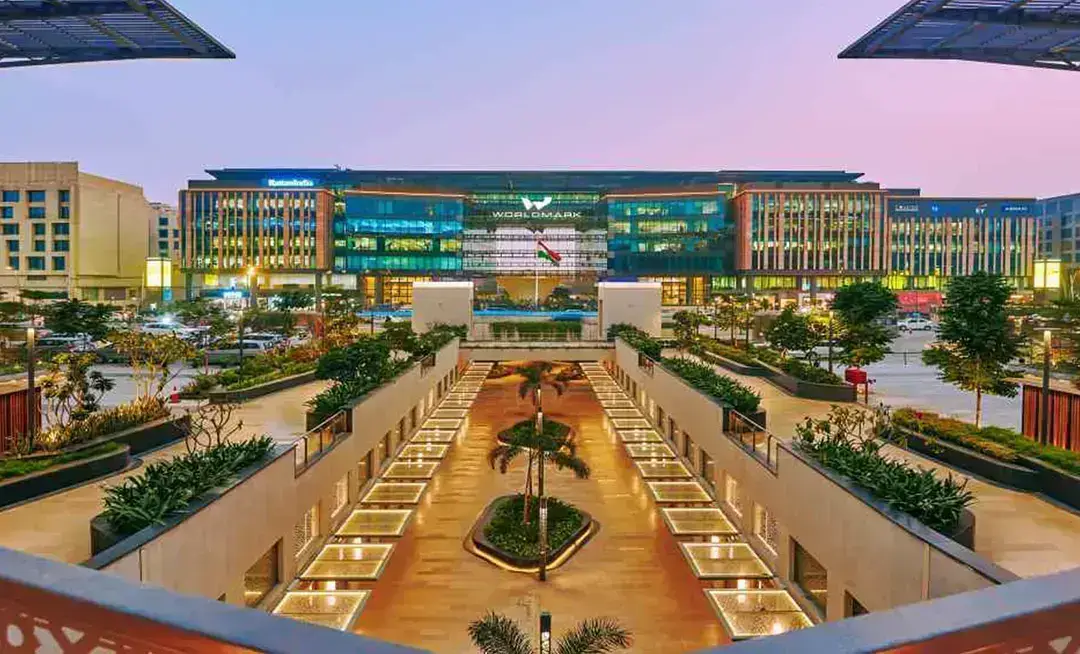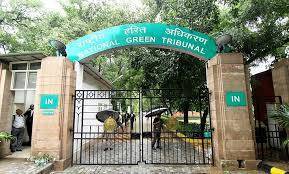India’s capital markets are undergoing significant changes, with Real Estate Investment Trusts (REITs), Infrastructure Investment Trusts (Invits), and municipal bonds emerging as critical instruments for capital formation. According to Madhabi Puri Buch, the Chairperson of the Securities and Exchange Board of India (SEBI), these financial vehicles are positioned to surpass traditional sources of fund mobilization, such as equities and debt, in the coming decade.
SEBI’s Perspective on Capital Markets
In a recent appearance at the National Institute of Securities Markets' (NISM) 'Samvad' symposium, Madhabi Puri Buch discussed the rapid growth of REITs, Invits, and municipal bonds and their potential to attract significant capital. Last fiscal year, ₹3.3 trillion was raised through equity markets, while debt markets saw ₹7.3 trillion mobilized. However, Buch highlighted that with the right approach, funds raised through REITs, Invits, and municipal bonds could exceed these figures over the next decade.
Chairperson Buch pointed out that the growth potential for these instruments is substantial. By leveraging existing and yet-to-be-developed assets across India, the capital raised through REITs and Invits could see significant growth. These trusts are designed to pool capital from investors and deploy it in income-generating real estate or infrastructure projects. REITs typically invest in commercial real estate, while Invits focus on infrastructure assets like roads, power plants, and other large-scale projects.
REITs and Invits: The Key to Capital Mobilization
The market for REITs and Invits has seen positive momentum in recent years. In FY23-24, ₹40,000 crore was raised through these instruments. This growth is expected to continue as both retail and institutional investors are increasingly attracted to these investment vehicles. Buch emphasized that India’s real estate and infrastructure sectors present a vast opportunity for capital formation. With a large portion of these sectors untapped or still under development, the potential for fund mobilization is enormous.
REITs function in a manner similar to mutual funds. They pool investors' money to invest in income-generating real estate assets. Investors in a REIT can earn returns based on the rental income from these assets. Invits operate similarly but are focused on infrastructure assets. Both REITs and Invits provide a way for investors to gain exposure to real estate and infrastructure without having to directly own or manage properties or assets.
Role of Municipal Bonds
Alongside REITs and Invits, municipal bonds are also becoming an essential component of India’s capital markets. These bonds, issued by local government authorities, are used to fund urban development projects, such as the construction of public infrastructure, schools, hospitals, and utilities. Municipal bonds provide a way for local governments to raise funds directly from the market rather than relying solely on central government allocations. This trend has been growing as Indian cities look to finance large-scale urbanization projects.
Municipal bonds can play a key role in financing India’s growing infrastructure needs. As the country continues to urbanize and expand its infrastructure, the demand for funding through these bonds will likely increase. The issuance of municipal bonds also gives local governments the ability to access a broader investor base, helping to diversify sources of capital for city projects.
Current State of Capital Formation
Chairperson Buch also provided insights into the current state of capital formation in India. In FY23-24, the capital raised through equity markets amounted to ₹3.3 trillion. For FY24-25, SEBI projects this figure will rise to ₹4.3 trillion by the end of the year. In addition, ₹7.3 trillion has been raised through debt markets during the same period. This brings the total capital formation for FY24-25 to an estimated ₹10.7 trillion.
While equity markets have attracted significant attention, debt markets have been equally crucial in mobilizing capital. Buch noted that the bond market accounts for approximately ₹60 of every ₹100 lent by the banking system to corporate India. This underscores the importance of debt markets in providing long-term financing for businesses and infrastructure projects.
The bond market plays a key role in ensuring that capital is available for large projects, particularly in the infrastructure sector. While secondary trading in bonds may not be as high as in equities, their role in capital formation remains significant.
SEBI’s Role in Facilitating Market Growth
SEBI plays a vital role in regulating and fostering the growth of these financial instruments. Buch explained that SEBI's regulatory approach aims to ensure that the markets operate efficiently, transparently, and fairly. The regulator is focused on creating an environment that encourages capital formation without imposing unnecessary compliance burdens on businesses and investors.
Technological advancements have also been a key factor in improving market efficiency. SEBI has incorporated AI-driven systems to streamline the processing of public issue applications, reducing delays and ensuring faster market participation. These advancements help improve the overall ease of doing business in India’s capital markets.
Chairperson Buch highlighted that a significant portion of SEBI's work in the past year focused on easing business processes. Around 42% of SEBI’s circulars were aimed at reducing compliance burdens for companies, while only 21% focused on investor protection measures that could potentially increase compliance costs. This balance between regulatory oversight and business facilitation is crucial for the continued growth of India’s capital markets.
India's capital markets are poised for transformation with a focus on REITs, InvITs, and municipal bonds. These avenues provide significant opportunities for investors, particularly in real estate and infrastructure, which continue to drive economic growth. As SEBI enhances regulations and fosters innovation, the next decade is set to witness a surge in capital mobilization through these channels, supporting India's infrastructure goals and economic development.









.png)